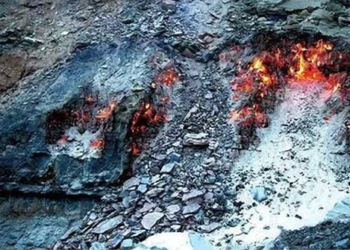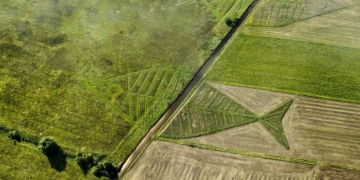Millions of years after dinosaurs dominated the Earth, their skeletons became fossils and were eagerly sought after by humans for scientific research. However, some individuals became fossil hunters, searching for these remains to sell or auction.
Last Wednesday, a massive fossilized skeleton of the Tyrannosaurus Rex was unveiled to the public in Switzerland, and next month, it will be auctioned off.
This gigantic fossil skeleton is named TRX-293 Trinity, and it is set to be auctioned in Zurich on April 18th with a starting price of $5.43 million.
The fossil skeleton stands 3.9 meters tall and measures 11.6 meters long, making it the third T-Rex skeleton ever auctioned worldwide and the first in Europe.
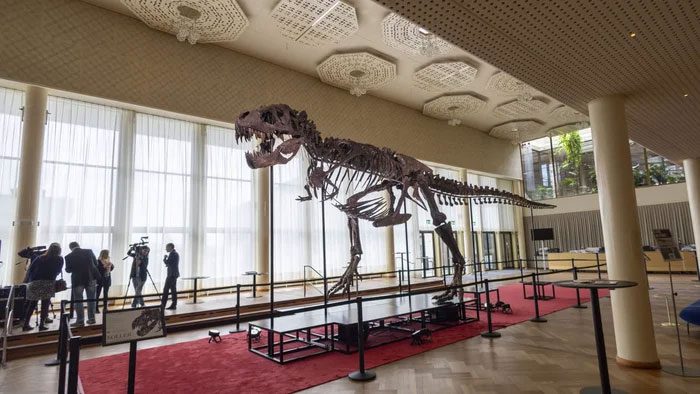
“The name of this skeleton is ‘Trinity’ because it is composed of three different individuals, all of which were found in the United States,” said Cyril Koller, the owner of the auction house conducting the sale.
The remainder of the name derives from the 293 bones in its skeleton.
Koller believes that a single individual will likely be unable to purchase this fossil skeleton, although he is confident that the public will still have the opportunity to view it in the future.
Hans-Jakob Siber, a paleontologist at the Aathal Dinosaur Museum in Switzerland, stated that discoveries of T-Rex fossils are extremely rare.
“A complete skeleton like this is exceedingly rare,” Siber told Reuters. “In fact, until around 1970 or 1980, humanity had discovered fossils of fewer than 10 Tyrannosaurus Rex specimens, and most of them are already housed in museums in the United States.”
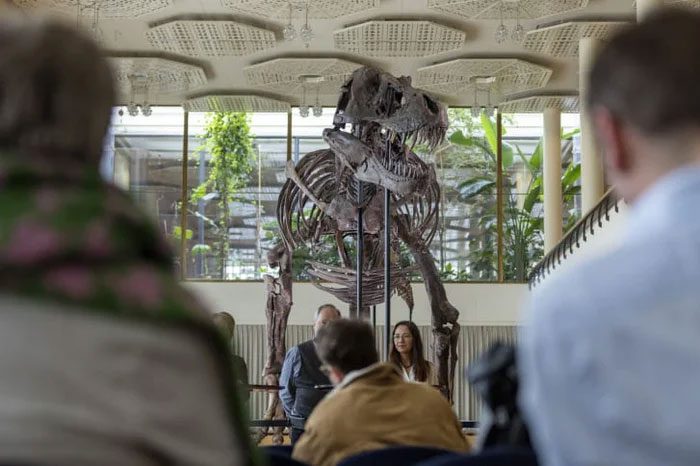
Almost all T-Rex fossils are preserved in museums; therefore, whenever a fossil skeleton is offered for sale, it attracts a great deal of public interest.
Two other T-Rex specimens discovered in North America, named Sue and Stan, have also made headlines. The fossil of the dinosaur named Sue was sold to the Field Museum of Natural History in Chicago in October 1997 for $8.4 million; meanwhile, the most complete T-Rex fossil in the world, known as Stan, was sold by Christie’s auction house in New York City for a record-breaking $31.8 million (over 733 billion VND).
How Are Fossils Formed?
Fossils only form under very specific conditions, which may include carbonization, freezing, being encased in rock, or enveloped in substances like resin or amber. Such conditions are not easily found everywhere or at all times.
For this reason, only a small fraction of the organisms that have existed on Earth appear in the fossil record. Additionally, most fossil specimens are not perfect; although we now have modern programs for reconstruction, they are not entirely accurate. Thus, while research is critical, it is also very challenging and requires significant effort.
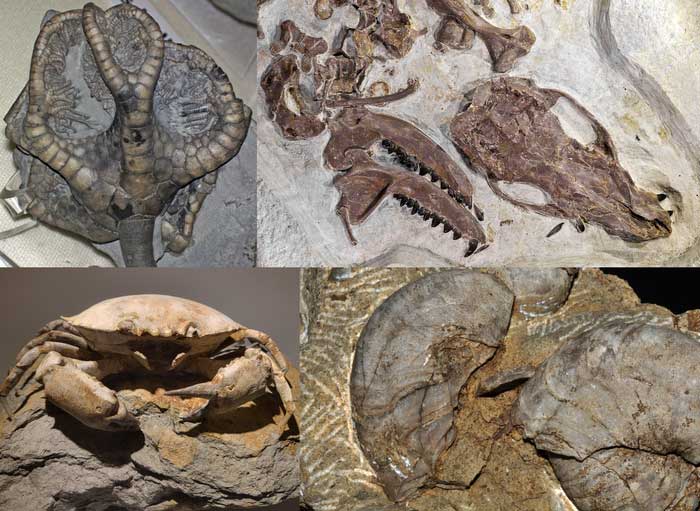
Fossils only form under very specific conditions.
Knowledge about fossils is extensive and requires an understanding of geology. First, we will explore a bit about the geology of the Earth and how it influences fossil formation.
The Earth is constantly in motion, slowly separating continents and undergoing internal movements. All these activities push new layers of soil and rock over older surfaces. This is why some rocks have layers, displaying vertical stripes or swirls instead of horizontal layers.
It also explains why rocks of the same age can be found in various places around the world (due to the movement of the Earth’s surface, which has transported geological formations from one place to another). We can identify two key points to understand fossils.
First, sedimentary rocks make up the Earth’s surface.
Second, the movement of the Earth significantly affects where sedimentary rock formations appear and how organisms are impacted during continental movements.
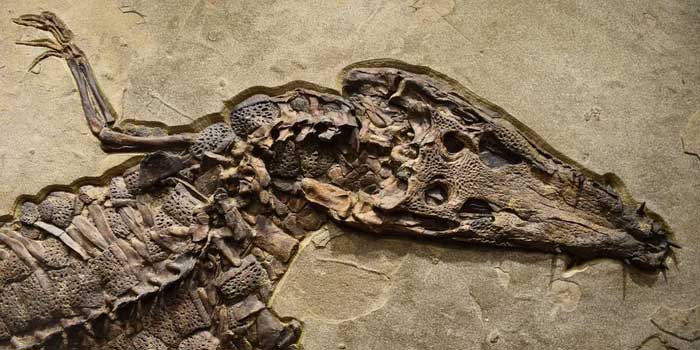
Only a small fraction of organisms that have existed on Earth appear in fossils.
Whether an organism can become a fossil is determined by many factors, but there are three fundamental factors:
The organism must possess hard, non-decomposable parts such as bones, shells, teeth, or wood. Even soft-bodied organisms like insects or jellyfish can form fossils if they are in exceptionally favorable conditions.
The organism must be protected upon death to avoid destructive impacts; if its body parts are crushed or eroded, the likelihood of fossilization is greatly diminished.
The organism must be buried and covered by materials that can help it withstand harsh conditions that may cause it to decompose. The remains of marine organisms are often easily fossilized because dead marine life that sinks to the ocean floor is covered by sand; the sand from geological ages subsequently transforms into limestone or schist, with small sediments that do not easily damage the remains of organisms.








































